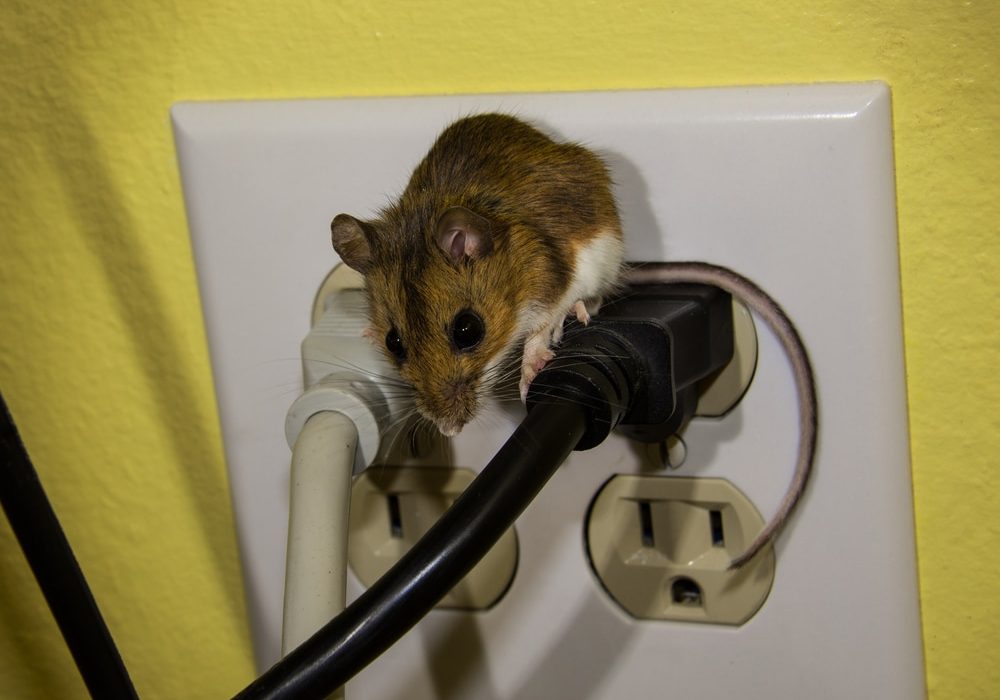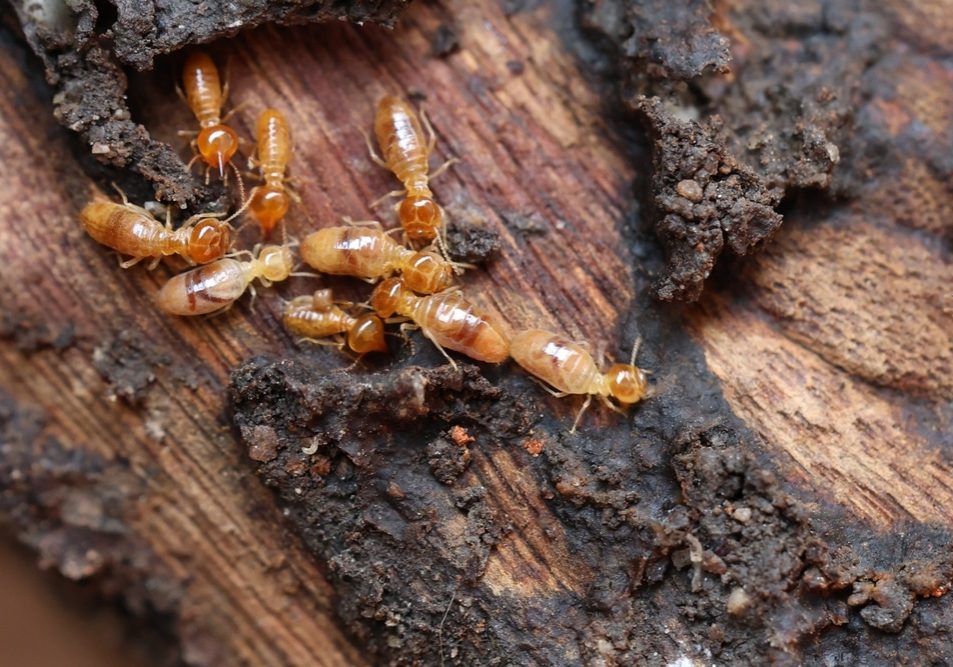Introduction
As the leaves begin to change and temperatures drop, homeowners need to be vigilant about seasonal pest awareness. Autumn and winter are notorious for bringing a host of pests into our homes, seeking warmth and shelter from the cooler weather outside. By understanding how these changes in climate affect pest behaviors and the common pests to expect, homeowners can take proactive measures to protect their homes from infestations.
In this blog post, we will dive into what pests to look out for in autumn and winter months, how they behave, and how you can prepare your home for the upcoming seasons. Being informed is the first step towards keeping your home pest-free!
Section 1: Understanding Seasonal Changes and Pest Behavior
Pest behavior is closely linked to the changing seasons. As autumn approaches, many pests begin to seek insulation from the cold, prompting them to invade homes. A few factors influence this behavior:
- Cooler Temperatures: As temperatures fall, pests look for warm places to escape the chilly weather.
- Food Availability: The decreasing food supply outdoors drives pests to find alternative food sources indoors.
- Lifecycle Patterns: Many pests have seasonal behaviors tied to their lifecycle, making them more active during specific times of the year.
Being aware of these changes can significantly benefit homeowners, allowing for proactive prevention strategies to be implemented. Understanding what to expect will help you act quickly before pests become a full-blown problem.

Section 3: Preparing for Winter Pests
While some pests may die down or hibernate, others remain active during winter. Here’s what to expect and how to prepare:
Spiders:
Many spiders will move indoors to find warmth during the colder months. While most are harmless, their presence can be unsettling.
Behavior: They often seek out dark corners and crevices to build webs.
Cockroaches:
These resilient pests can withstand low temperatures and tend to seek shelter indoors in search of food.
Behavior: They may become more active, particularly during unseasonably warm winter days.
Termites:
Some termite species can remain active in winter, posing potential threats to wooden structures.
Signs of Activity: Look for mud tubes on walls or wood damage.

Preparation Strategies for Winter:
- Insulate Pipes: Prevent pipes from freezing and bursting by insulating exposed pipes in unheated areas.
- Maintain Heating Systems: Ensure your heating system is functioning correctly to keep your home warm and reduce potential pest attraction.
- Secure Exterior: Check windows and doors for drafts and ensure they are properly sealed to make it harder for pests to enter.
By staying proactive, you can reduce the likelihood of these pests taking refuge in your home during the winter months.
Section 5: The Importance of Early Detection
Early detection of pests can save homeowners a significant amount of stress and money. Here’s why being vigilant is crucial:
- Costly Damage: Ignoring pest problems can lead to structural damage, especially from termites and rodents. Repair costs can accumulate quickly.
- Health Risks: Pests can carry diseases that may pose health risks to your family. Rodents and cockroaches are known carriers of allergens and pathogens.
Signs to Look For:
- Droppings: Presence of droppings in corners, along walls, or near food sources.
- Nesting Materials: Look for shredded paper, fabric, or insulation that may indicate rodent activity.
- Webbing and Egg Sacs: Spiders may leave behind webs and egg sacs in hidden corners.
Responding quickly to any signs of infestations allows you to manage the problem more effectively before it turns into an overwhelming issue.
At Emtec Pest Control, we are committed to safe and responsible pest control. We understand that your family’s safety is your number one priority, so we make it our priority, too.
If you have any other questions about any of these pests or pest control for your home or business, contact your Oklahoma pest control experts at Emtec Pest Control by calling us or by filling out our online contact form.

